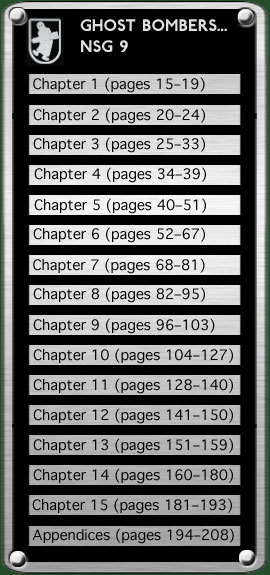|
This article from an Italian newspaper recounts local people's memories of the operational airstrip established in their fields. Gazzetta di Parma, 14 June 1993 Vigatto, a base for the Stukas by Paolo Tomasi Arndt Paul Lauritzen (better known as “Paolo the Dane”) was the first person to allude to a German airfield near Vigatto, in his work on the Italian Resistance, Cammina fratello cammina, published by the Parma Christian Partisan Association in 1984. He was tutor to Lupino, son of the Marquis of Soragna living in their villa at Vigatto, and noted the abrupt change in everyday life brought about by: "the arrival of a squad of German officers, who quickly set up and started to operate from a secondary airfield. Their aircraft, two-seaters with a single engine, took off just before dusk to came back two or three hours later, or else took off at four in the morning, returning at seven.” Gaudenzio Ferrari supplied us with a detailed picture. The first sign of German interest in came in October 1943, when local residents saw a Fieseler Storch landing there, probably checking th area's suitability. Works to prepare the airfield started in March 1944. The Medioli firm covered the irrigation ditches and cut down many vineyards and walnut trees, creating an area of about 3000 square metres, corresponding to the future area of the airfield. This comprised the following farms: Casa Rossa, the Mutti property; Galla, property of the Nuns of St. Paul (rented by Signor Padovani) with access to the Pannocchia road; Croce, also property of the Nuns, whose tenant at that time was Mr. Andemo Ferrari (father of our present informant). Not all the trees were cut down, an acacia wood was used to conceal the parked Stukas. Under vineyards or other trees, a casual visitor could see bomb dumps. The small road to Corcagnano, at that time flanked by cypresses, was used to hide huge quantities of bombs on both sides. Several A/A batteries, most of them with four-barrelled weapons, were placed around the area. Near the park at Soragna, on the Parma side, was a battery consisting of a couple of cannon and several four-barrelled guns with about 20 men serving them. Fuel supplies were provided by tankers shuttling between the airfield and, most probably, the big fuel depot in the park of the Ducal Palace at Colorno. Security was assured by units of soldiers placed at strategic points. They spent their off-duty periods under wide camouflaged tents and the mess was there as well. Several mounds of compressed earth had been set up near the farms, to give the impression of rudimentary anti-aircraft shelters constructed by the farmers. Aircrews lived in the Villa Soragna and Villa Mutti. Ground crewmen and other personnel were spread around the various farms. Mechanics worked on the property of Mr. Andemo Ferrari, under a porch set up as a workshop. The whole unit consisted of no more than 15 aircraft which (as Mr. Ferrari, who was18 at the time, told us) usually preferred to operate by night, especially at full moon. Apparently the unit operated by day only once ... in early July 1944, during the first big mopping-up operation in the Apennines. Among the places attacked was the village of Bardi. Mr. Ferrari remembers asking some of the Germans the reason for that sortie in force. The reply was terse but unequivocal: “Partisans…” [see Ghost Bombers, page 62]. The airfield was dismantled in October 1944, without having ever having been attacked by the Allies. Volkmar von Grone recalled that when 2./NSG 9 was at Vigatto, the personnel were billeted in Pannocchia (just south of the airfield) and some of the officers with the Rocca family. After two incidents where airfield sentries were abducted by Partisans, a member of the family (known for his monarchist views) was asked to get word through that any recurrence would provoke reprisals by the SS, something the Luftwaffe could not prevent. There were no more kidnappings. New sources: article supplied by Giorgio Tanzi; translated by Ferdinando D'Amico; condensed by NB. Volkmar von Grone's recollections via Dr. Bernhard Mitterdorfer and Ferdinando D'Amico.
|
|||

